
How to Reach Account-Based Marketing (ABM) Maturity

Confused about the best way to improve your brand’s account based marketing (ABM) framework? I’ll share some patterns that I’ve noticed from my interactions with B2B brands over the last few years, including common next-best actions (NBA), themes and tactics based on maturity.
From field notes of my pre-sales encounters with Acquia B2B brand prospects and customers, I assembled a normalized structured dataset (um, a spreadsheet) to get a sense of the composition of our customers' ABM maturity.
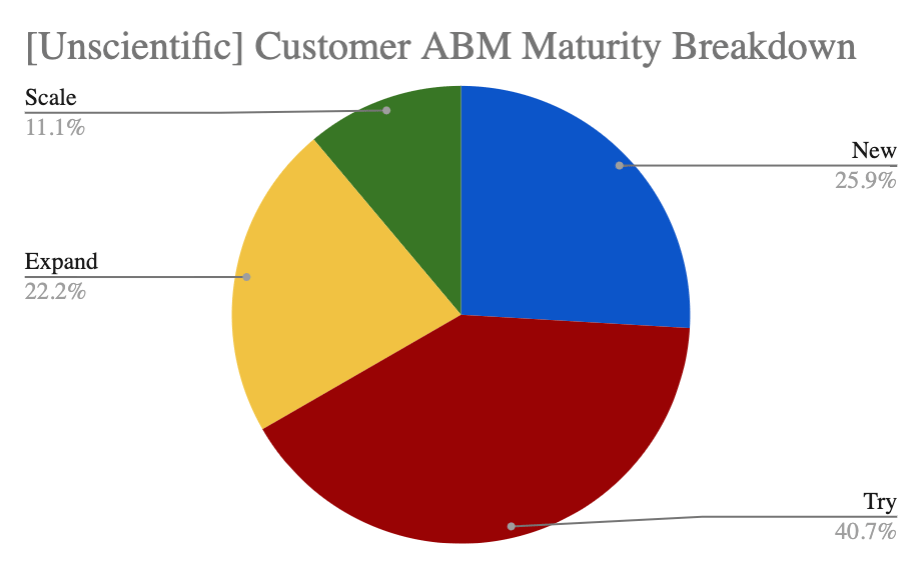
If your brand is new to ABM in 2020, you’re a laggard and settling for pipeline undercapitalization, degrading faster year-over-year. If your brand is genuinely scaling ABM, you’re rocking it, and your revenue rates are likely outperforming those of your industry peers, positively compounding year-over-year and especially during COVID digital pressures. Chances are, though, your brand is somewhere in the messy middle of its ABM efforts.
Above all, and at any stage, quit thinking about your B2B brand marketing as media to broadcast; instead, think of intelligently allocating human-to-human brand resources (employee time, content, swag, events, etc.) to maximize the value of your account portfolio.
Depending on your level of ABM maturity, there are key tactics and considerations to understand to launch and scale a successful ABM program in your organization. Depending on where you fall on the maturity scale, feel free to choose your own blog adventure by skipping to that section. I really don’t mind.
New to ABM: Invite the Right People to the Party
While plenty of leadership books have been written about culture, my blue collar Uncle Ralph from New Jersey sums it up best,“The people make the party.” ABM begins by getting the right sales and marketing resources to work together in small ways that add new value to customers and the brand.
If you’ve ever heard of an enterprise or mid-market ABM operation built top-down in months, please let me know. I’ve only ever seen frameworks develop over the course of years, as much bottom-up as top-down. More than any other advice I have for this level of immaturity is a focus on mindset: co-mingling marketing, sales, and care motions requires fortitude over the long-term and the commitment of the high-level executives across departments. Let’s break down the important roles of everyone needed to build a cross-functional ABM teams and how they work together:
Practitioners: Marketing and Sales
Marketers and sales must proactively build relationships, exchange perspectives, and identify easy ways to help each other this quarter. Sales should be voices of the customer and share pipeline metrics with marketing. Concurrently, marketing should be brand ambassadors and share campaign calendars with sales to ensure that content being created is aligned to their current outreach and targeting efforts.
Promoting a Culture of Durability
Leaders in both areas should facilitate introductions and regular briefings between sales and marketing to mobilize cohesive ABM initiatives focused on long-term goals.
Getting Started with ABM: Set Measurable Goals
The ABM honeymoon is winding down, and it’s becoming apparent that this will be challenging. What now?
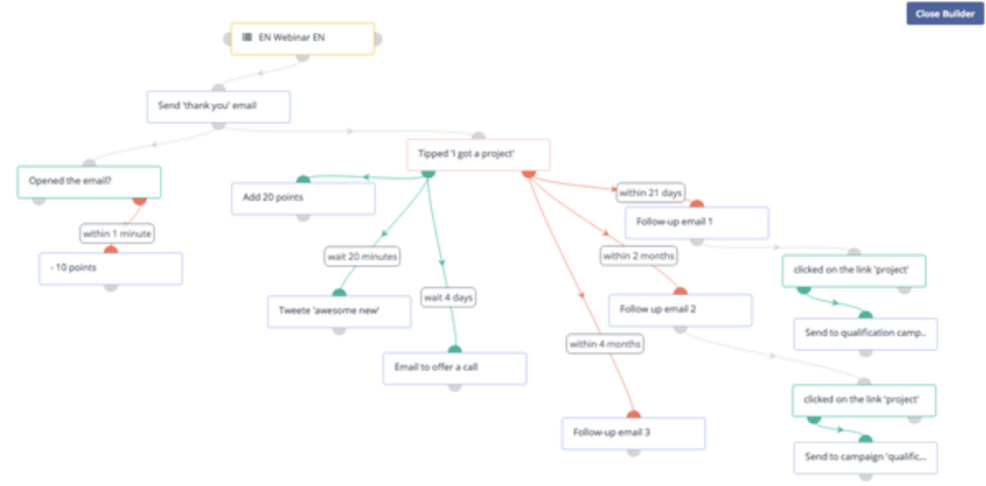
How quantifiable are your joint goals, how clear are your audience insights and how well aligned are your tasks? How well can marketing and sales execute on these datasets, automatically share customer data and performance to enrich joint campaigns and drive measurable results? Open technology allows ABM teams authorized access to customer decisions, journey conditions, and brand actions within larger marketing campaigns. Modules like Acquia Campaign Studio's Campaign Builder make customer journey management constructs reusable by other teams without sacrificing delivery velocity.
Overall, reimagine your customer experience (CX) into three general interaction types: one-to-one,one-to-several and one-to-many. Until now, your brand has likely only been producing one-to-many CX. It’s time to establish data-first practices that (1) measure quantifiable success, (2) identify highest value accounts and/or contacts, (3) manually deliver one-to-one or one-to-several experiences to maximize your brand objectives. Here’s how to turn your strategic plan into impactful actions.
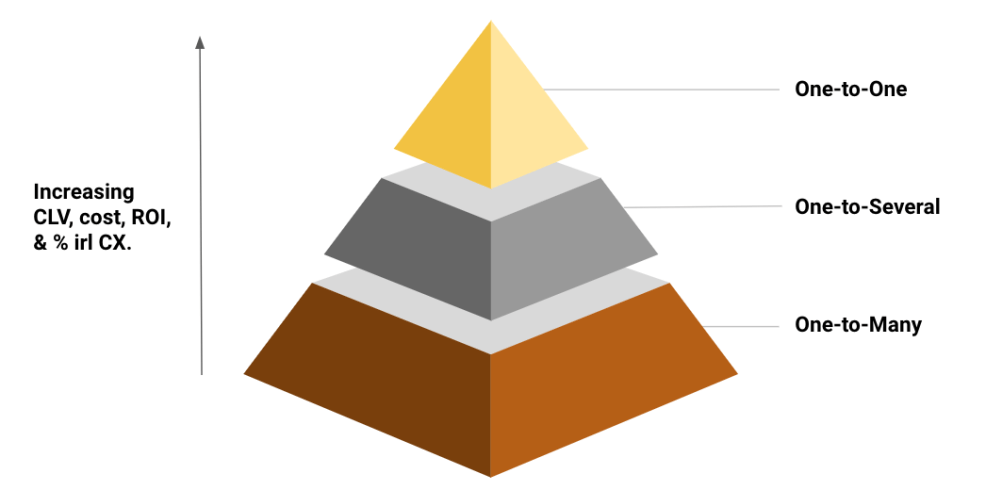
Agree to measurable objectives.
- Set goals that align with overarching business KPIs, reporting periods, benchmarks and systems of record.
- When in doubt, prioritize current customer satisfaction and up-sell.
- Share campaign-/channel-oriented reports with account/persona segmentation.
Think big; go small.
- Manually segment accounts/personas by value.
- Imagine future-state CX by segment.
- Increase one-to-one or one-to-several interaction composition for highest value targets to maximize highest priority objectives.
Execute modest experiments.
- Engage a new prospect on social via a partner or 2nd-degree colleague.
- Create targeted content marketing according to early-stage pipeline.
- Deliver real-life CX: an educational book, a hand-written letter, thoughtful swag.
Expanding ABM Success: Develop Journey Stage Workflows
You’ve found some ABM success in a small team, and it’s time to expand. Document a workflow to share with other ABM micro-teams. Think of a workflow like a recipe: the “dish” is the CX journey touch-point with customer and brand objectives, the “ingredients” are data and resources, and the “steps” are the internal best practices that repeatedly advance CX performance improvement.
Disseminating and authorizing advanced audience and attribution modeling insights to non-technical stakeholders is critical at this stage, otherwise, business intelligence (BI) bottlenecks form, and ABM becomes cumbersome, preventing expansion and impact. Easily authorizing multi-channel campaign management to non-technical ABM stakeholders within a federated framework is also critical, otherwise, IT or marketing bottlenecks form, capping expansion.
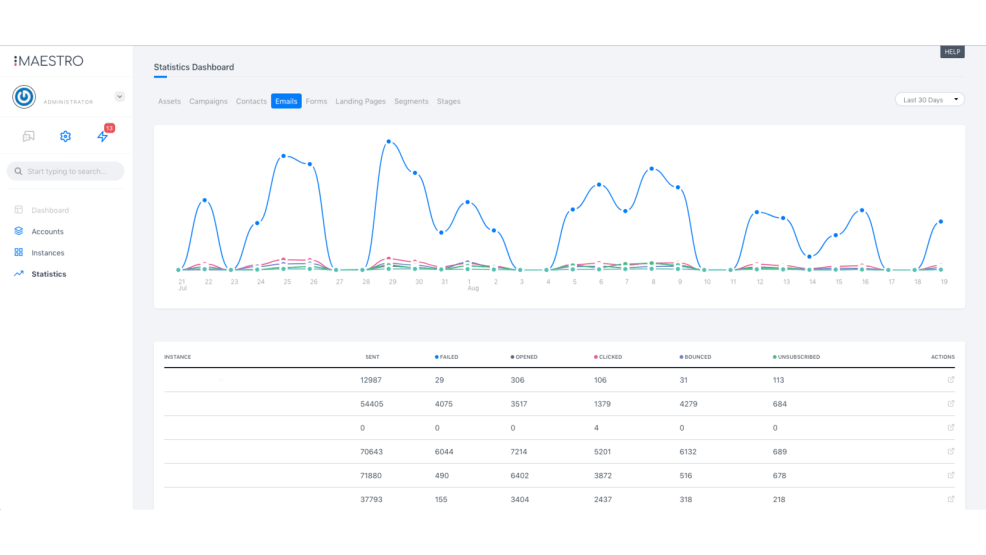
Invest in technology that scales alongside your operations. As your campaigns span across multiple regions and business units a centralized management tool that gathers campaign performance data across your entire portfolio helps your teams better understand where marketing is making an impact and where you should be focusing time and resources.
Additionally, data-driven personalization is no longer reserved for off-domain channels like email, SMS, and social, but it is also instrumental to serve relevant, timely content to targeted audiences in unique account groups on your sites. Personalization tools like Acquia Personalization empower organizations to maximize quantifiable brand goals by optimizing pages with tailored content and calls to action for account segments throughout their site experiences.
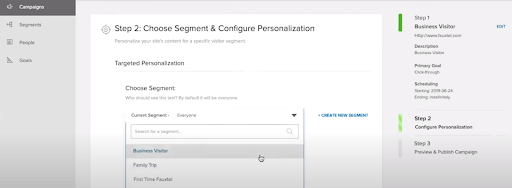
Data and resource governance is critical to workflow adoption, hedging costs before they grow, mitigating reputational risks, and ultimately expanding ABM to cross-functional units looking to replicate results.
Scaling the ABM Engine: Apply Automation
ABM is recognized as a valuable practice within your organization, and it’s time to eat your competition’s lunch. By applying predictive machine learning to better understand your customers’ preferences you can deepen the engagement with your audience and proactively deliver more impactful interactions at scale. Once you’ve reached ABM maturity it’s time to automate your most successful ABM best-practices.
First, consider if contact to account resolution is really even required for optimum performance. For some business models, it’s not and may actually inject undue complexity. Typically no account resolution is required for execution when a brand’s revenue composition is primarily B2C by volume, but B2B buyers (especially from small business or local affiliates) consistently have higher average order values: restaurants, retail, insurance, utilities, etc.
In either account resolution requirement case, instead of limited manual segmentation, introduce unstructured machine learning to your predictive analytics workbench to cleanse audience data and intelligently induce relevant segments.
Instead of manually calculating an account’s propensity to buy and monitoring for a contact’s intent to buy signals, automate propensities with supervised learning models based on those manual best-practices and inject those insights into your operation’s systems of record at the right operational touchpoints for any resource to use contextually.
Instead of manually deciding on campaign-/channel-oriented one-to-one, one-to-several, or one-to-many next-best-actions (like I did in this blog), automatically assign timely resources (humans, content, swag, events, etc) to a contact to maximize your brand’s customer value portfolio and deepen engagement at scale, human-to-human. Post-COVID, there are an increasing number of activation channel options to programmatically deliver in real life moments, from relevant food to merchandise.
And once you’re running a mature and thriving ABM program, you’re ready to nurture a high-value account portfolio for the long-term.


